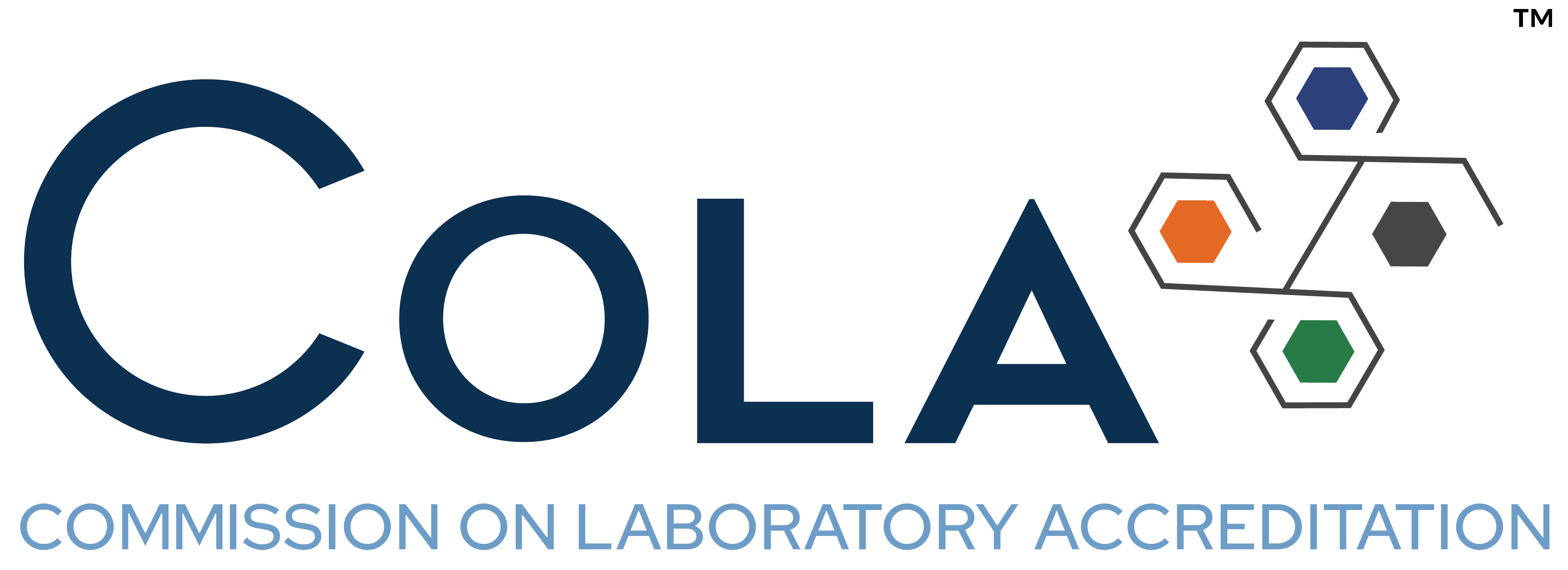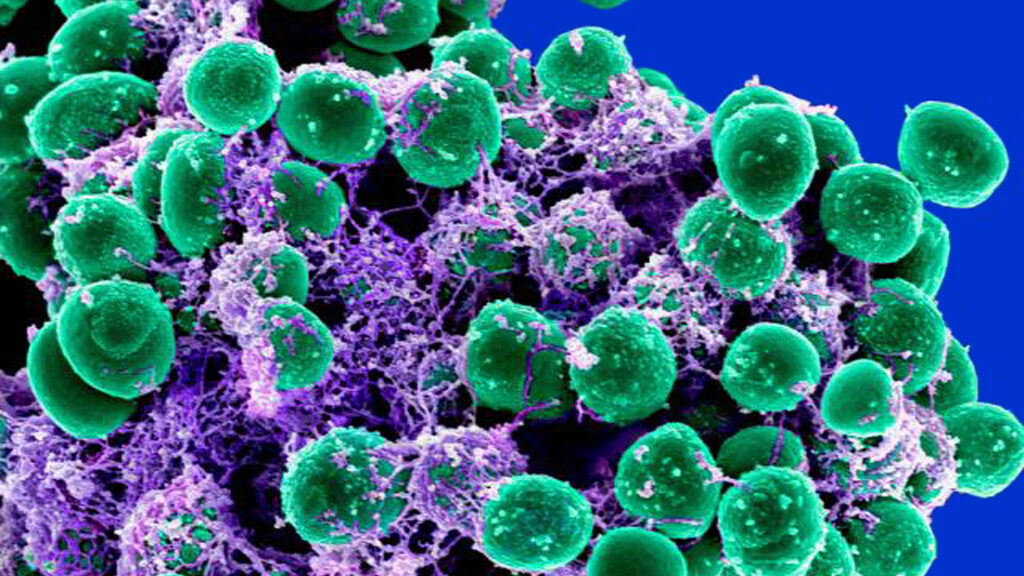Welcome to the second chapter of our series exploring the complex world of Gain of Function Research (GOFR). In this post, we will shed light on the valuable benefits GOFR brings to the scientific table and explore the potential risks inherent in this innovative research.
The Benefits of Gain of Function Research
First and foremost, GOFR provides invaluable insights into disease-causing pathogens, particularly viruses, and their interactions with human hosts. It is a vital tool to improve our understanding of these pathogens’ pandemic potential, thereby equipping us with the knowledge to guide public health preparedness and develop effective medical countermeasures such as vaccines.
For example, GOFR can identify the minimal mutations needed for an animal pathogen to cross species barriers and infect humans. Such insight can provide public health officials a head start in identifying potential threats, allowing for timely response and preventive measures if a newly-emerged pathogen is a mere mutation away from human transmission. On the other hand, if a pathogen requires several mutations to achieve that threshold, public health officials can closely monitor the situation and avoid costly immediate action.
GOFR also plays a vital role in vaccine development. Before human trials for vaccines can begin, initial animal testing is mandatory under U.S. Food and Drug Administration (FDA) regulations. When the target model species is not naturally susceptible to the virus in question, GOFR aids in creating infective strains. This facilitates the identification of molecular determinants of transmissibility and paves the way for potential vaccine development and testing.
The Risks of Gain of Function Research
Despite its various benefits, GOFR is not devoid of potential risks. We previously discussed the outcomes associated with GOFR on potential pandemic pathogens (PPPs) – creating organisms more infectious or lethal than their natural counterparts, that could potentially evade existing detection and treatment methods. Accidental or deliberate release of these PPPs could pose grave health risks, potentially sparking outbreaks or even pandemics.
The risks associated with GOFR revolve around two key areas: biosecurity and biosafety. Biosecurity pertains to the threat of GOFR products or insights being exploited for bioterrorism. Intentional release of these enhanced PPPs with harmful intent is not the only danger; the publication of GOFR methodology and data could enable malevolent entities to create lethal microorganisms for weaponization. The magnitude of biosecurity risk depends on the specific pathogen, its weaponization potential, the public health repercussions of its misuse and the adversary’s technological capability and intent.
Biosafety, on the other hand, is concerned with the inadvertent exposure to or accidental release of enhanced PPPs, a conceivable outcome when experimenting with such high-risk pathogens. Although biosafety usually concerns the occupational health risks of laboratory accidents that primarily affect laboratory personnel, the scenario changes when dealing with GOF experiments involving PPPs. An accidental release in this context could lead to more widespread transmission, affecting many beyond the confines of the laboratory. Hence, for GOF studies involving PPPs, biosafety extends beyond occupational hazards, becoming a broader public health concern.
Initially, biosecurity was the primary concern surrounding GOFR. However, over time, the focus of concern among its critics has shifted more toward biosafety. In practice, both biosecurity and biosafety concerns often overlap, especially in pathogen research and synthetic biology where expertise is common and costs relatively low. The knowledge gained from GOF experiments, mainly a biosecurity concern, might enable similar experiments to be conducted in less safety-conscious laboratories, leading to potential accidents in these settings. Implementing safeguards like access control, physical security and inventory management can bolster both safety and security.
Please join us in our next blog as we delve deeper into the analysis of the risk-benefit balance of GOFR.

